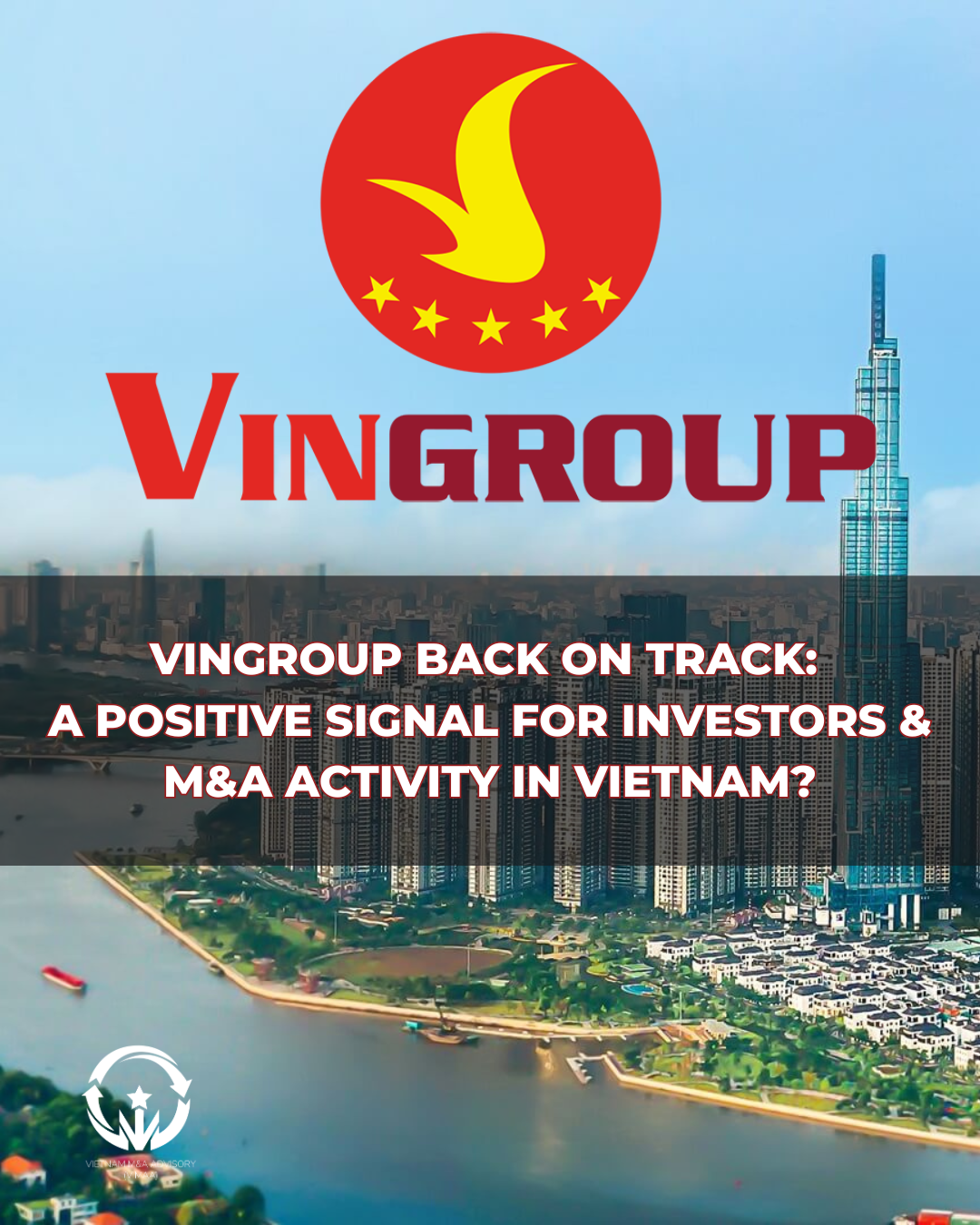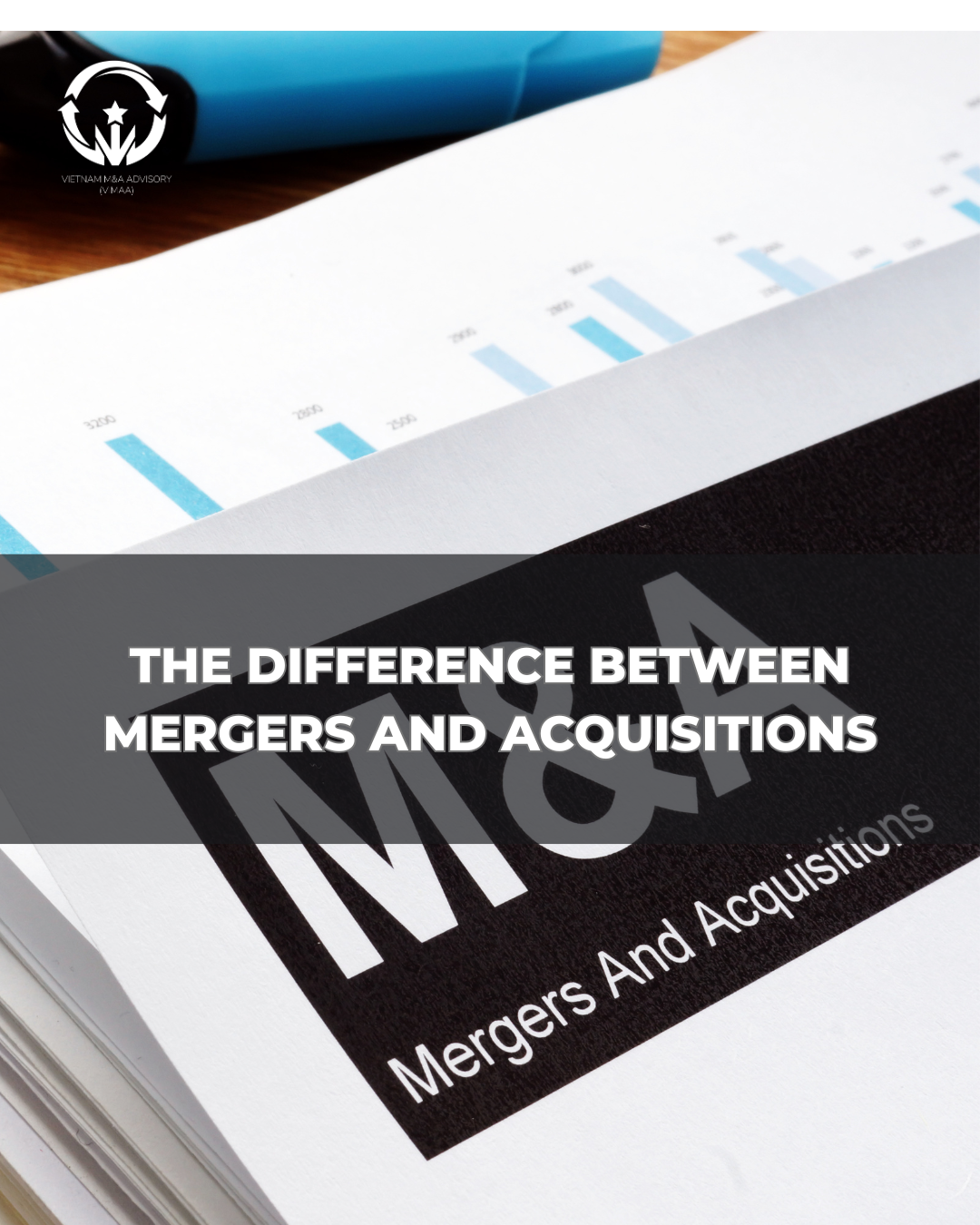The Global Landscape of M&A: Historic Deals, Emerging Trends, and the Future of Corporate Consolidation
In the dynamic world of global business, mergers and acquisitions [...]
In the dynamic world of global business, mergers and acquisitions (M&A) remain a key strategy for companies looking to expand their reach, gain competitive advantages, or respond to changing market conditions. These transactions can reshape entire industries and influence global economic trends. In this blog, we’ll explore the fundamentals of M&A, highlight some of the most iconic deals in history, and examine the trends that are shaping the future of corporate consolidation.
1. What is M&A and Why Does It Matter?
Mergers and acquisitions refer to the consolidation of companies through various forms of financial transactions. A merger typically involves two companies combining into a new entity, while an acquisition means one company takes over another.
M&A is often driven by strategic goals such as:
-
Expanding into new markets
-
Gaining access to new technologies or intellectual property
-
Achieving economies of scale
-
Diversifying product offerings
-
Enhancing shareholder value
For multinational corporations, M&A is a powerful tool to grow rapidly, especially in competitive or saturated industries.
2. Historic M&A Deals That Shaped the World
Several M&A transactions have become milestones in business history due to their sheer size and impact:
-
Vodafone acquires Mannesmann (1999): Valued at $183 billion, this remains the largest M&A deal in history. It redefined the global telecom landscape.
-
America Online (AOL) merges with Time Warner (2000): A $165 billion deal that was initially seen as revolutionary but later criticized as one of the most unsuccessful mergers.
-
Amazon acquires Whole Foods (2017): For $13.7 billion, this acquisition marked Amazon’s significant move into physical retail and transformed the grocery sector.
-
Microsoft acquires Activision Blizzard (2022): A $68.7 billion deal, showing the growing influence of the gaming and digital entertainment industry in M&A.
3. Global Trends in M&A
In recent years, M&A activity has been shaped by several evolving factors:
-
Tech-Driven Consolidation: The technology sector continues to dominate M&A, with companies acquiring AI, cybersecurity, and cloud computing firms to stay competitive.
-
Cross-Border M&A: Despite geopolitical tensions, international deals remain attractive as companies seek new markets and growth opportunities.
-
Private Equity Influence: PE firms are more active than ever, fueling both large buyouts and mid-size acquisitions across various sectors.
-
ESG Considerations: Environmental, social, and governance factors are increasingly influencing deal-making, with acquirers scrutinizing targets’ sustainability credentials.
4. What the Future Holds
Looking ahead, several forces are likely to shape the future of M&A:
-
AI and automation will drive strategic investments across sectors.
-
Decarbonization goals may lead to increased consolidation in clean energy.
-
Digital transformation will keep fueling tech-centric deals.
-
Regulatory scrutiny is expected to intensify, especially in Big Tech and healthcare sectors.
While economic uncertainty and political risk may slow down some transactions, the need for innovation and scale will continue to drive M&A globally.
💡 Final Thoughts
M&A is not just about numbers and contracts — it’s about vision, timing, and strategy. Whether you’re a business owner, investor, or simply a curious observer of the corporate world, understanding how mergers and acquisitions work offers key insights into how industries evolve and companies adapt to survive and thrive.





